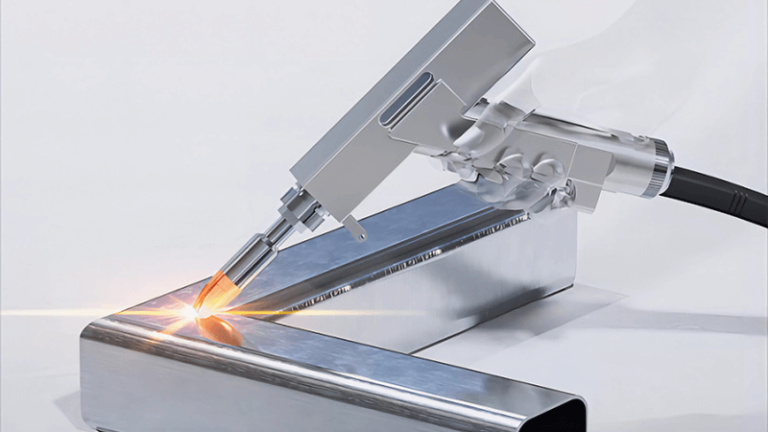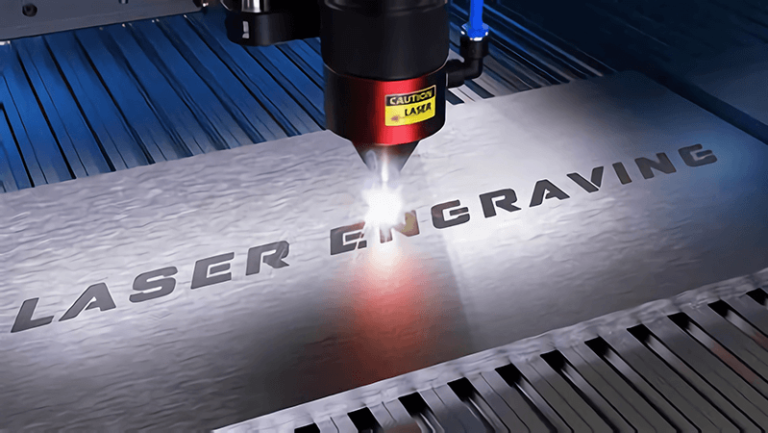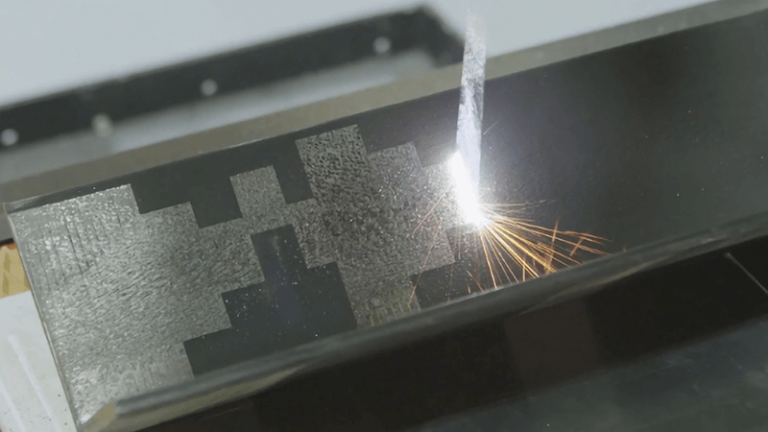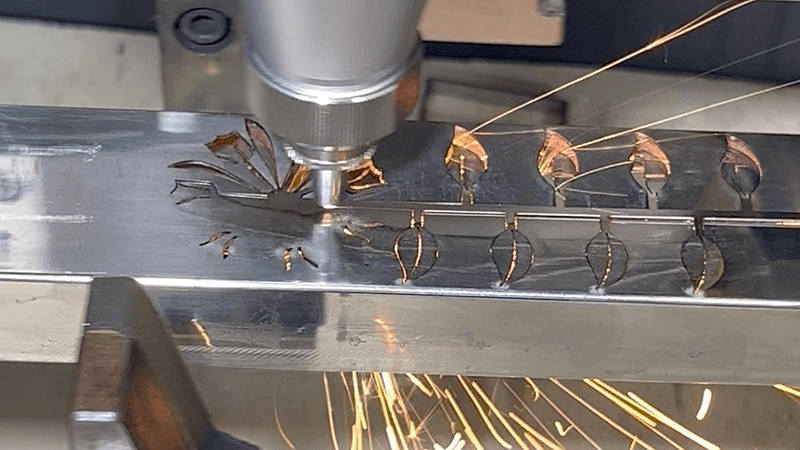
Have you ever wondered how some industries manage to achieve such high levels of precision and efficiency in their manufacturing processes? The secret is often laser cutting technology. As a Sales Engineer at Kirin Laser, I’ve seen firsthand how laser cutting machines revolutionize industrial projects, from automotive parts to aerospace components.
The adoption of laser cutting technology in industrial projects offers substantial benefits such as high precision, material versatility, speed, reduced waste, consistency, lower energy consumption, minimal post-processing needs, and enhanced automation capabilities. These advantages make laser cutting an invaluable asset in achieving efficient and cost-effective manufacturing processes.
But why should you, as a manufacturer or business owner, consider integrating laser cutters into your operations? Let's dive into the core benefits.
Laser cutting is fast becoming an essential tool in industries ranging from automotive to electronics. Whether you’re looking for precision, speed, or flexibility, a laser cutter can deliver results that traditional methods can’t match. I’ve had the pleasure of working with clients who’ve transformed their production lines by incorporating laser cutting—streamlining processes, improving product quality, and even reducing costs. It’s a game-changer.
Unmatched Precision and Accuracy
One of the most significant advantages of laser cutting is its precision. Traditional cutting methods, such as mechanical cutting or sawing, often struggle with achieving the tight tolerances required in modern manufacturing. Laser cutters, on the other hand, are capable of cutting with millimeter accuracy. Whether you’re working with metal, wood, or plastic, you can rely on laser cutters to create parts that fit together perfectly every time.
This level of accuracy isn’t just about looks—it’s also about performance. In industries like aerospace or automotive, even a small mistake can lead to costly repairs or, worse, safety issues. With a laser cutter, you can rest assured that each part will meet stringent quality standards. It’s like having a precision tool that’s always on target.
Laser cutting technology is used in manufacturing automotive parts and aerospace components.True
Laser cutting is widely adopted in industries like automotive and aerospace for its precision and ability to handle complex materials.
Laser cutting machines are typically used for mass production in industries like automotive and aerospace.True
Laser cutting is often employed in mass production to enhance efficiency, precision, and consistency across industrial projects.
Metal Fiber Laser Cutting Precision: Steel Cutting Example
| Material | Thickness | Laser Spot Diameter | Laser Power | Cutting Speed | Cutting Precision | Surface Roughness (Ra) | Applications |
|---|---|---|---|---|---|---|---|
| Low Carbon Steel | 0.5-1mm | 0.1-0.2mm | 100-300W | 10-30m/min | ±0.05mm | 3.2-6.3μm | Electronics (e.g., device casings), precision parts |
| Medium Carbon Steel | 2-3mm | Optimized for thickness | Optimized power | Optimized speed | ±0.1mm | 6.3-12.5μm | Automotive parts, machinery structural components |
Laser Cutting Speed That Keeps You Ahead of the Competition
Speed is another critical factor that sets laser cutting apart from traditional methods. Since lasers don’t require physical contact with the material, there’s less wear and tear on the machinery, meaning the process can run faster and with fewer interruptions. This is especially true for complex cuts, which would take much longer using other techniques.
Moreover, laser cutting doesn’t require the same level of post-processing. Traditional methods often leave rough edges that need to be cleaned up or smoothed out, but laser cutting results in smooth, clean edges that are ready for the next stage of production. In a competitive market, the faster you can turn around your products, the more likely you are to win over clients and increase your market share.
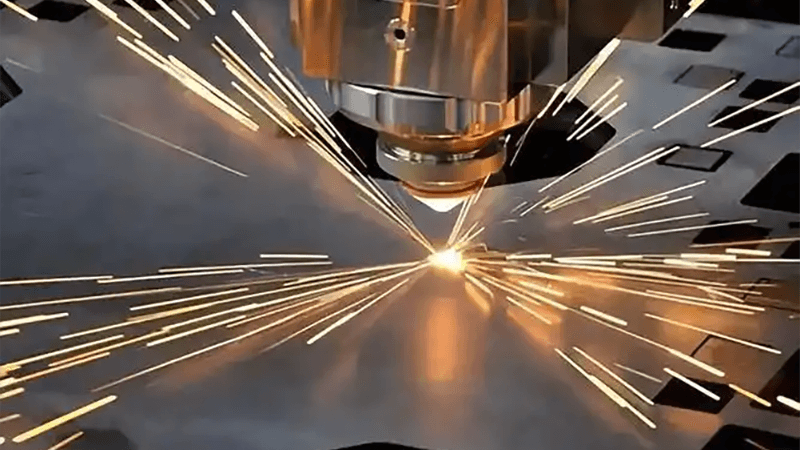
Comparison of Laser Cutting and Traditional Cutting Speeds
| Cutting Material | Cutting Method | Material Thickness | Cutting Speed Range | Cutting Surface Quality and Other Characteristics |
|---|---|---|---|---|
| Carbon Steel | Laser Cutting | 5mm | 3 - 5m/min | Good cutting surface quality, small heat-affected zone |
| Carbon Steel | Flame Cutting | 5mm | 0.5 - 1m/min | Relatively poor cutting surface quality, large heat-affected zone, requires subsequent processing to ensure accuracy and quality |
| Carbon Steel | Plasma Cutting | 5mm | 1 - 2m/min | Cutting surface roughness is better than flame cutting but worse than laser cutting, cutting produces smoke and noise |
| Stainless Steel | Laser Cutting | 3mm | 4 - 6m/min | Smooth cutting surface, no need for secondary grinding and other treatments |
| Stainless Steel | Water Cutting | 3mm | 0.5 - 1m/min | Good cutting surface quality, but the speed is significantly slower than laser cutting, and the equipment operation cost is high |
| Stainless Steel | Wire Cutting | 3mm | Several millimeters to a dozen millimeters per minute | Used for precision part processing, the cutting efficiency is much lower than laser cutting |
| Aluminum Alloy | Laser Cutting | 2mm | 5 - 8m/min | Good cutting surface quality, small heat-affected zone, little impact on performance |
| Aluminum Alloy | Sawing | 2mm | 1 - 2m/min | Produces more waste and greater noise, the cutting surface roughness is larger than that of laser cutting |
Minimal Waste and Cost Efficiency
Another benefit of laser cutting is its efficiency. The precision of the laser ensures that there’s minimal material waste, which can significantly reduce costs. In traditional cutting methods, there’s often excess scrap material left behind, which means you’re paying for material that doesn’t get used. With laser cutting, that’s not the case. The machine is so precise that the cutting process minimizes wastage to the bare minimum.
In industries where materials like metal or high-end alloys are expensive, this reduction in waste can lead to significant cost savings over time. By using laser cutters, manufacturers can maximize the value they get from their raw materials. Combine this with the reduced need for post-processing, and you’ve got a process that’s not only efficient but also cost-effective.
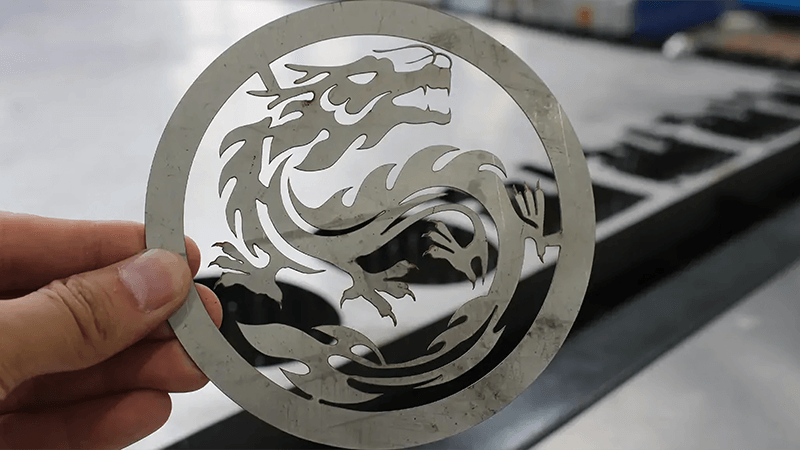
Differences between Laser Cutting and Traditional Cutting in Material Waste
| Cutting Method | Material Utilization Rate | Cutting Precision | Kerf Width (for 10mm thick steel plate) |
|---|---|---|---|
| Laser Cutting | 80% - 90% | 0.02 - 0.04 mm | 0.1 - 0.2mm |
| Traditional Cutting | 60% - 70% | Low, large error | 2 - 3mm |
Cost-effectiveness
-
Initial Investment:
- Laser Cutting: Laser cutting machines are expensive. For example, a 12000 kW 6025 laser cutting machine equipped with a 8000 system costs about 60,000 USD.
- Traditional Cutting: Traditional cutting equipment such as common mechanical cutting machines and flame cutting machines are relatively inexpensive, usually ranging from tens of thousands to hundreds of thousands of yuan.
-
Operating Cost:
- Laser Cutting: It mainly consumes electricity and auxiliary gases. Taking a 12000 kW laser cutting machine as an example, the electricity cost per hour is about 30 yuan, and the consumption of auxiliary gases is relatively small.
- Traditional Cutting: Mechanical cutting requires frequent replacement of cutting tools, resulting in high tool costs; flame cutting consumes a large amount of acetylene, propane and other gases, with high costs, and the production of acetylene consumes a lot of energy and the slag causes serious pollution.
-
Maintenance Cost:
- Laser Cutting: It requires professional knowledge and technology for maintenance. However, the designed service life of the equipment is long, and the maintenance cost gradually decreases with the maturity and popularization of the technology.
- Traditional Cutting: The mechanical parts of traditional cutting equipment are prone to wear and need to be regularly repaired and replaced. For example, the cutting tools and bearings of mechanical cutting machines increase the maintenance time and cost.
-
Production Efficiency:
- Laser Cutting: The cutting speed is fast. When cutting thin plate materials, the cutting speed can reach about 40 meters per minute, which can significantly shorten the processing time and improve production efficiency, especially suitable for large-scale production.
- Traditional Cutting: The cutting speed is relatively slow. When mechanical cutting, flame cutting and other methods are used to process parts with complex shapes and high precision requirements, repeated debugging and grinding are often required, resulting in low production efficiency.
-
Product Quality:
- Laser Cutting: The cutting precision is high and the kerf is smooth, generally without secondary processing, effectively reducing the scrap rate and increasing the added value of the product.
- Traditional Cutting: The cutting precision is low and the quality of the cutting surface is poor. Secondary processing such as grinding and welding repair is often required, which increases the time and cost, and the scrap rate is relatively high.

Versatility Across Materials
Laser cutting isn’t limited to just one type of material. In fact, one of its greatest strengths is its versatility. Whether you’re working with metals, plastics, ceramics, or even wood, a laser cutter can handle a wide range of materials with ease. This makes it ideal for industries that require multi-material production, such as automotive, consumer electronics, or medical device manufacturing.
For example, in the automotive industry, laser cutting can be used to create everything from small brackets and fasteners to large structural components. The ability to cut a wide range of materials means that laser cutters are often the go-to choice for companies that require flexibility and adaptability in their production processes.
Laser cutting technology cannot handle complex materials effectively.False
Laser cutting technology excels in handling complex materials with high precision, making it a preferred choice in industries that require intricate designs.
Laser cutting technology is only beneficial for small-scale industrial projects.False
Laser cutting technology is beneficial for both small and large-scale projects due to its precision, speed, and versatility, making it ideal for mass production.
Less Maintenance and Downtime
In any industrial setting, downtime is a major concern. When machinery breaks down or needs constant maintenance, it can halt production and cost businesses valuable time and money. Laser cutting machines, however, tend to require less maintenance compared to traditional cutting tools. Since there’s no direct contact with the material during the cutting process, there’s less wear on the machine components. This results in fewer breakdowns and less downtime, which ultimately leads to higher productivity and reduced costs.
Additionally, laser cutting machines are highly automated, which means they can run for extended periods without the need for constant supervision. Once set up, a laser cutter can operate continuously, cutting and engraving parts with minimal human intervention. This automation leads to both improved efficiency and reduced labor costs.
Increased Safety for Operators
Safety is always a top priority in industrial settings, and laser cutting offers a safer alternative to traditional methods. The lack of direct physical contact with the material means that there’s less risk of injury for operators. In traditional cutting methods, sparks, debris, and sharp tools pose constant threats to the safety of workers. Laser cutting, on the other hand, operates in a controlled environment, and the laser beam itself is often enclosed, reducing the chance of accidents.
Moreover, the automation and precision of laser cutters make it easier to maintain a safer working environment. Operators can monitor the process from a distance, reducing the need for hands-on involvement and minimizing potential exposure to hazardous situations.
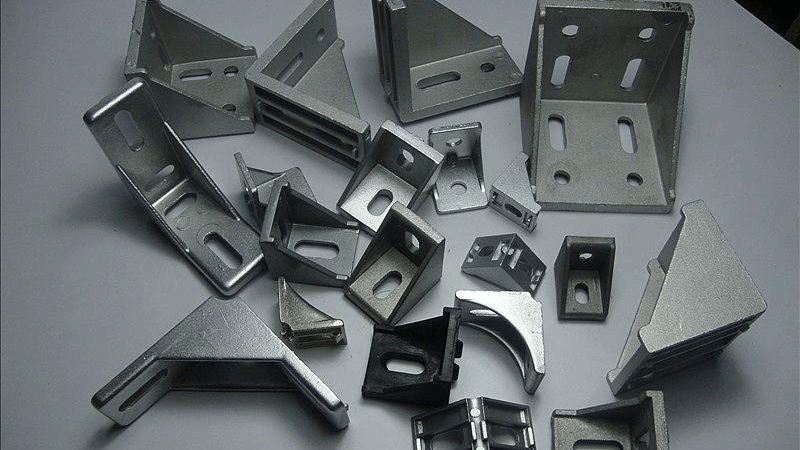
Eco-Friendly and Sustainable
With increasing attention on environmental sustainability, laser cutting presents a more eco-friendly option compared to traditional manufacturing techniques. The reduction in material waste, as well as the ability to use energy more efficiently, makes laser cutting a greener choice for many industries. Many modern laser cutting machines are designed to optimize energy use and minimize emissions, further enhancing their environmental benefits.
For businesses looking to improve their sustainability credentials, integrating laser cutting into their operations can help demonstrate a commitment to reducing waste and improving energy efficiency. This can also lead to cost savings in terms of reduced material use and lower energy consumption.
Conclusion: Is Laser Cutting Right for You?
As you can see, the benefits of laser cutting are numerous. From unmatched precision and speed to material efficiency and safety, it’s clear why laser cutting technology is becoming the go-to choice for so many industries. If you’re looking to improve your production processes, reduce costs, or create high-quality products, laser cutting might just be the solution you’ve been searching for.
At Kirin Laser, we specialize in providing top-of-the-line laser cutting solutions tailored to your specific needs. Whether you’re in the automotive, electronics, or aerospace industries, we’ve got the right technology to help you succeed. Ready to take your industrial projects to the next level? Reach out to us today and let’s discuss how laser cutting can benefit your business.
For more information, feel free to check out these resources:
- "Why Choose a Fiber Laser Cutting Machine for Precision CNC Metal Fabrication?".
- "Top 5 Laser Machine Cutting Techniques for Industrial Use: Which One Fits Your Needs?".
- "Top Features to Look for in a Laser Machine to Cut Metal?"
- "Key Benefits of Using a Cutter Laser Machine in Manufacturing".
Let’s laser-focus on your success!
References:
- "Laser Cutting Machine Advantages and Disadvantages", from ADH.
- "What are the benefits of laser cutting?", from Metal exponents.


